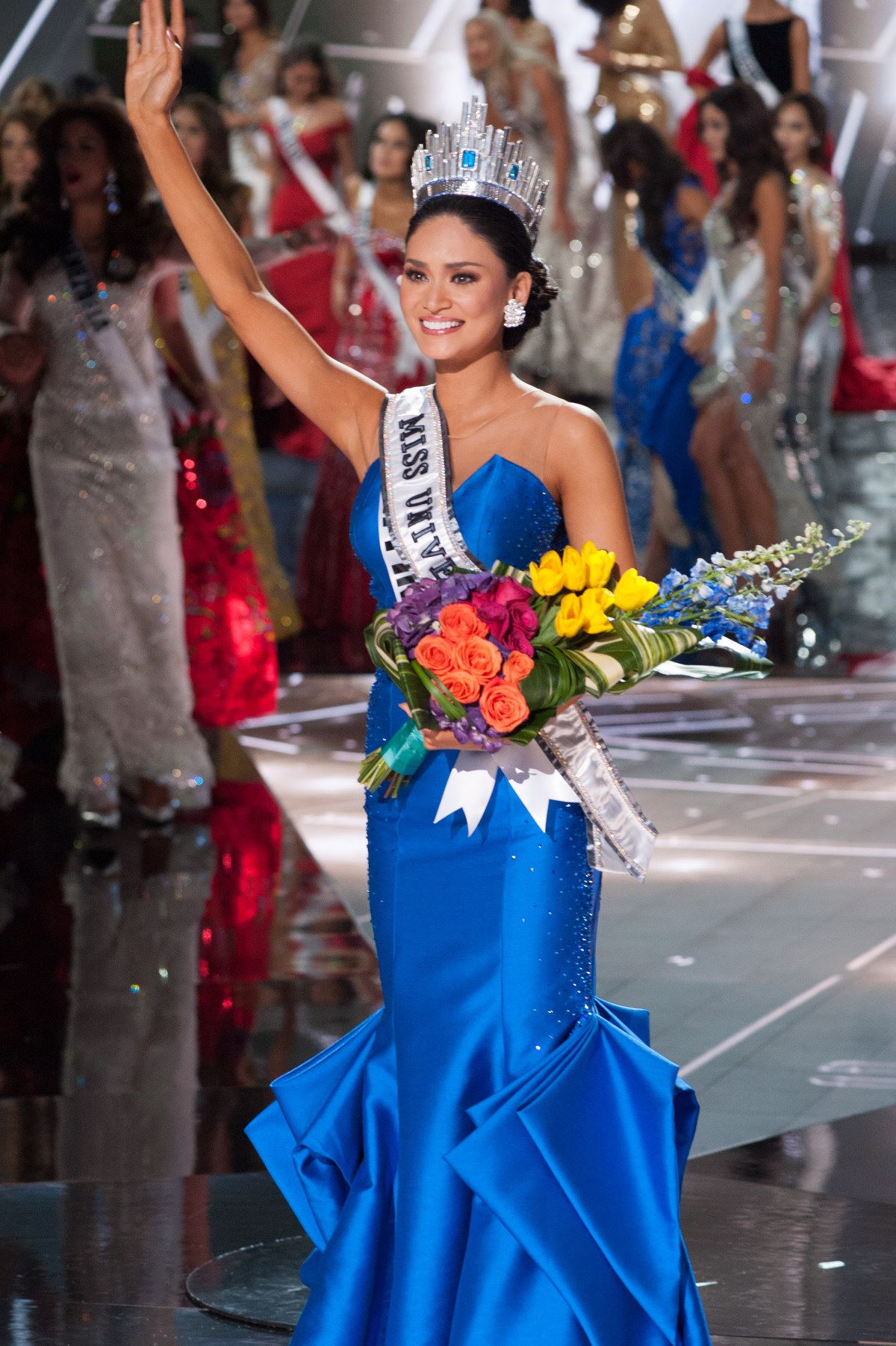A former beauty pageant contender herself, TFEM columnist MZ Akil breaks down the nitty-gritty of Filipinos’ standards of beauty and our obsession with beauty pageants.
You haven’t changed; one would say in English. Someone who hasn’t changed could either be good or bad: the person could be on the heavier side then and even more now, or the imperfections did not improve over the years. If the individual is lucky to be endowed with youthful genes, or cosmetic interventions are almost undetectable, not having changed is a compliment. Otherwise it’s a slight on the person’s confidence and self-esteem.
Filipinos have a more sensory approach to visual description when giving a compliment. Walang kupas. Haven’t faded. In a handwoven fabric or painting or photograph, the colors and brightness have remained the same over the years despite frequent washing, exposure to the elements or non-exposure from storage.
A walang-kupas face (and body) has defied gravity and withstood the harshness of time. Like a starched fabric soaked in a mixture of Liwayway Gawgaw and water, there’s a firmness, tautness and freshness that project a youthful appearance. In an ageist culture and society, youthfulness is beauty.
My first encounter with the concept of beauty was when I saw Lynda Carter on TV as Wonder Woman. Her voluminous brunette hair, blue eyes and slender lips were a stark contrast to my dark straight hair, dark brown eyes and full lips. I was mesmerized by the aspirational colonial beauty standards aggressively planted in the head of a morena like myself.
My grandmother used to scrub my body with pumice hoping to descale my brown coat. No, it wasn’t child abuse; it was optimism that somewhere between my dermal layers was my lighter-skinned version. I thought Ms. Carter’s beauty was even more unattainable as she was fairer and undiluted compared to the local mestizas. Later, I found out she’s of Mexican-Spanish-French mix (mother’s side) and English-Scottish-Irish (father’s side) which make her a multi-racial mestiza.
As a consolation for not being a mestiza, I grew up to an above average height of five foot six inches, with a high forehead and cheekbones, wide eyes, a narrow nose and a skin tone of kayumangging kaligatan that Caucasians would roast themselves for. I have been told that my features are that of a quintessential Filipina. But am I considered a beauty? Goaded by some friends from the publishing business, I not-so-confidently joined a beauty pageant to find out.
Filipinos’ lofty beauty standards are somehow the equivalent of a digitally enhanced flawlessness. A Filipino woman’s underarms, elbows, feet, knees, gluteal fold (kuyukot) and groin must NOT be dark or should be at least nearly the same color as the surrounding skin. Spare a thought for those with dark gums. If nature hasn’t been kind and generous, there’s rhinoplasty, veneers and glutathione.

The idealistic sense of beauty is placed on a pedestal, almost uncompromising, unforgiving and rigid. I grimace when I read about Filipino celebrities bashed by the public for having a dark singit when wearing a swimsuit or a funeraria-look makeup. Such nitpickers. A throng of eagle-eyed fault finders.
Perhaps this gravitation towards sublime physical attractiveness is the reason the young women sent to represent the Philippines to Alpha pageants (meaning Miss Universe, World, International and Earth—a term I recently learned from a friend who’s a beauty pageant cognoscenti) have the sash factor. It is, I’ve been told by the same friend, the edge of a country’s representative over others’ when that particular country’s delegates consistently place in the top five year on year. The Philippines is now in the same league as Colombia, Venezuela and the USA, whose candidates never fail to secure a spot in the finals. While a sash factor is not the preserve of the mestiza, the Philippine representatives are generally of mixed ethnicities.
As for me and my reluctant attempt to clinch a highly coveted crown, I sadly didn’t convince the judges at national level that I was a beauty—not that I have to convince anyone, but that’s the point of a beauty contest. Needless to say, I didn’t have that mystical “sash factor”.
Over the years my perception of beauty has evolved: I appreciate diversity, differences, imperfections and individuality more than ever. I believe (no pun intended) that beauty pageants hold an unprogressive view of beauty, making a brutal, albeit entertaining, spectacle of pitting women against each other in a bid to find out who the fairest is.
But in the Philippines, it serves its purpose to divert the audience’s attention from the ugly and somber aspects of life, and propel the winners to a recognition that can help them in their careers. Filipinos’ obsession with high standards of physical beauty and parading them in pageantry is embedded in Philippine culture that it has become part of our identity. That is an element in our colorful cultural canvas that is certainly walang kupas.




